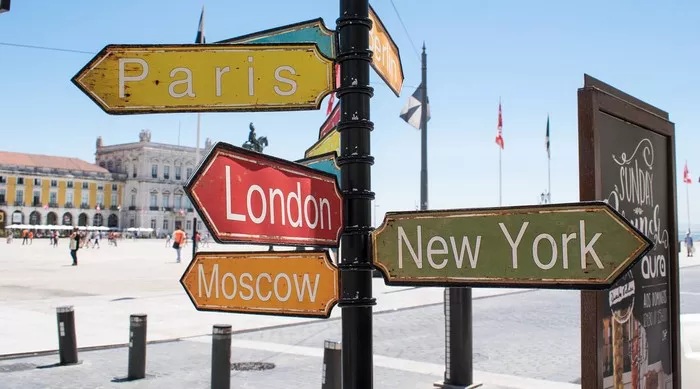As international travel rebounds to pre-pandemic levels, several European hotspots are grappling with overtourism, leading to new regulations aimed at preserving local culture and infrastructure. Cities like Venice, Barcelona, and Amsterdam have recently introduced measures to curb overcrowding, from visitor caps to increased fees. These changes come as record-breaking tourist numbers strain resources, disrupt daily life for residents, and threaten fragile historical sites.
Venice, one of the most iconic destinations in Europe, has taken drastic steps to manage tourist influx. Starting in 2025, the city will implement a long-debated entry fee for day-trippers, set at €5 during peak seasons. Overnight guests, who already pay a hotel tax, will be exempt. Additionally, Venice has banned large cruise ships from docking near the historic center, redirecting them to the industrial port of Marghera. These measures aim to reduce the environmental impact on the city’s canals and alleviate congestion in narrow alleyways. Critics argue that the fees may not deter determined tourists, while supporters believe they will help fund essential maintenance and sustainable tourism initiatives.
Barcelona, another city struggling with overtourism, has announced stricter rules on short-term rentals. The local government plans to phase out all tourist apartment licenses by 2028, reclaiming housing for residents amid a growing affordability crisis. The city has also introduced fines for unauthorized tour groups in crowded areas like Las Ramblas and the Gothic Quarter. Meanwhile, Amsterdam has launched a “Stay Away” campaign targeting rowdy visitors, particularly young British men on bachelor parties. The Dutch capital has also raised its tourist tax to 12.5%, the highest in Europe, and is considering further restrictions on river cruises and new hotel constructions.
Beyond these well-known cities, smaller destinations are also feeling the pressure. The picturesque village of Hallstatt in Austria, famous for its alpine lake and fairy-tale charm, has seen visitor numbers skyrocket due to social media exposure. Local officials have responded by building barriers to prevent overcrowding at popular photo spots and limiting bus access. Similarly, the Faroe Islands have introduced a “closed for maintenance” initiative, where volunteers help restore trails and infrastructure in exchange for free accommodation, effectively capping tourist numbers during these periods.
While these regulations may inconvenience some travelers, they reflect a growing recognition that unchecked tourism is unsustainable. Experts suggest that visitors can help by traveling during off-peak seasons, exploring lesser-known regions, and respecting local guidelines. As Europe continues to balance economic benefits with quality-of-life concerns, these measures may set a precedent for other global destinations facing similar challenges. For now, tourists planning European getaways in 2025 should stay informed about evolving policies to ensure their trips align with new regulations.

